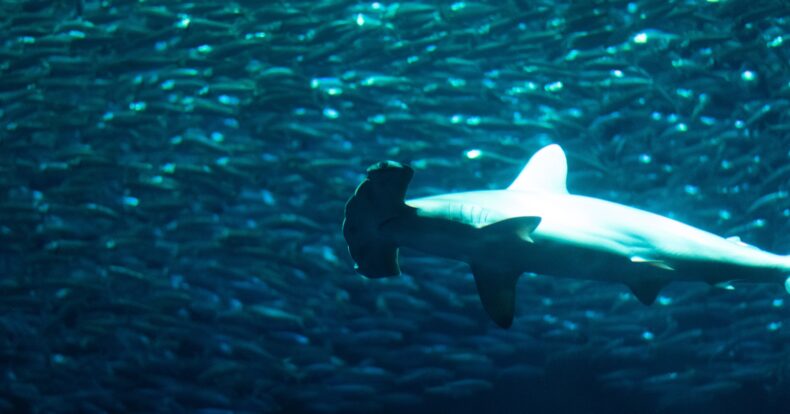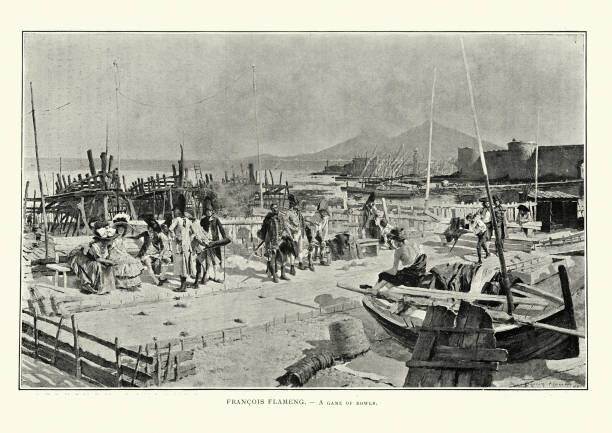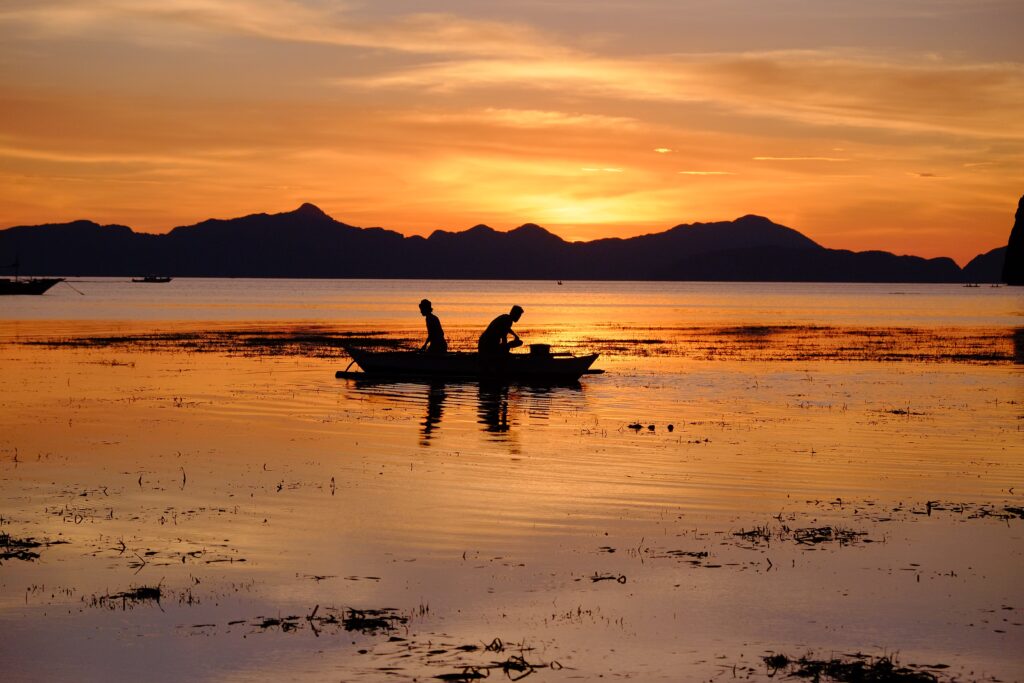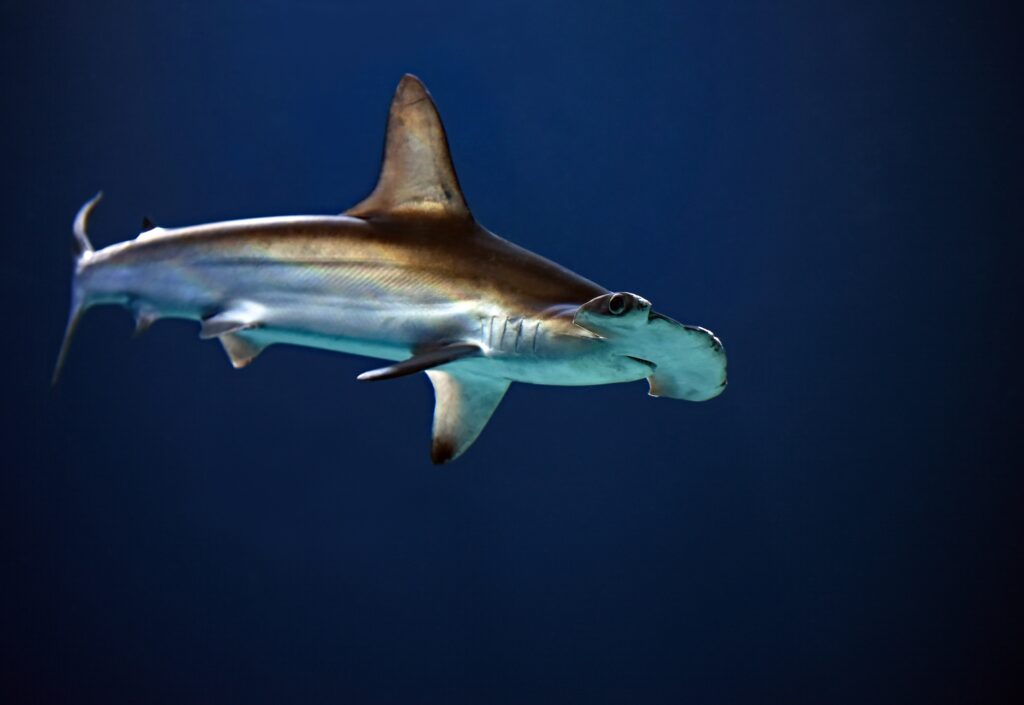Costa Rica bans hammerhead shark fishing: what does the shark mean for Costa Rica?

On February 8, the Costa Rican government announced a ban on hammerhead shark fishing. Indeed, President Rodrigo Chavez together with the Minister of Environment and Energy (MINAE), Franz Tattenbach, and the Minister of Livestock and Agriculture, Victor Carvajal, signed the executive decree prohibiting the capture, retention on board, transshipment, landing, storage and commercialization of hammerhead shark products and by-products.
It is also established that if the species Sphyrna lewini, Sphyrna zygaena, Sphyrna mokarran are caught accidentally, they should be released unharmed as soon as possible and the data should be registered with the Costa Rican Institute of Fisheries and Aquaculture (Incopesca).
The Minister of MINAE explained that this decree is very important since the country is part of the Pacific Marine Corridor and is one of the major drivers of the High Ambition Coalition for Nature and People.
In addition, during the same press conference, Incopesca’s desire to reduce bycatch of sailfish by 33% was also mentioned. This is due to the interest of the fishing sectors to find a balance between commercial fishing and sport fishing and to reduce conflicts in the areas where these activities are carried out.
Marine species and Costa Rica

Shark fishing has been practiced for many years. It was known on the Atlantic and Pacific coasts at the beginning of the 19th century. Shark liver, oil, leather, meat, etc. were extracted from sharks.
It was then, in 1929, that Costa Rica encouraged shark fishing. During this time, sharks did not enjoy a good reputation. In different letters addressed to the Office of Development, this animal is described as “marine beast”. In addition, later on, a project dedicated to the installation of a fish-based fertilizer factory and the capture of lizards, black-iguanas and iguanas was presented to Congress. It was finally withdrawn by the president of the time, León Cortés.
By 1944, the extraction and export of lizard, iguana, snake and shark skins was a well-known industry in the country, carried out by both Costa Ricans and foreigners.
Despite the fact that these industries were already well established in Costa Rica, at the same time there were environmental groups opposed to this type of business. In fact, in 1933, a group of teachers from the Liceo de Costa Rica demonstrated:
we wish to present by your worthy means, to the Sovereign Congress of the Republic, our protest against the contract that you now know of, tending to transform the live animals that can be procured, into fertilizers. This is a crime against nature that implies devastation and ruin for the near future, of our riches in marine weights.”
However, during the 40’s and the following years, shark fishing increased until the government felt the need to implement its regulation. Thus, in 1947 and 1949, the hunting and fishing law and the fishing regulations complementary to the water law of 1942 were created. Here, the creation of a fishing department linked to the Secretariat of Agriculture and Industries was established, which in 1944 became the Institute of Fishing and Aquaculture.
Even if there are several laws that protect marine life, these do not fall on the specific institutions and the necessary actions are not taken. As recently as 1996, the State of the Nation considered the shark as one of the most representative species of the fishing trade, being the dogfish, the post, the maco and the fin the different cuts that are extracted from this animal.
The shark was hunted so much during these years that there was a decrease in the shark fishery because excessive hunting made the natural replenishment of this species almost impossible. For this reason, the shark began to be defended. However, artisanal fishermen initially felt a certain abandonment on the part of the government:
The relationship has not been good at all, the disagreements between MINAE, INCOPESCA and us have affected a lot but I cannot be hypocritical, there are institutions that have turned to our side such as MAG (Ministry of Agriculture and Livestock), IMAS (Mixed Institute of Social Aid) that has helped us, there is also Pronature, Marviva and INFOCOOP (Institute for Cooperative Development)”.

Nevertheless, the fishermen took on the task of caring for the shark and endangered species, catching what they needed and returning to the sea any that were not marketable.
Did these measures solve illegal shark fishing? No. In fact, in 2012 Colombia detained a Costa Rican illegal fishing boat in which tuna and shark remains were found.
More recently in 2019, biologist Randall Arauz criticized shark fishing policies and pointed out that there is no law prohibiting this practice. On top of that, he questioned the decision of former president Luis Guillermo Solís to exclude sharks from the wildlife conservation law. In response to these statements, Mauricio González, director of the National Fishing Sector, commented that fishermen are not shark predators and acknowledged that some of the species are under strict commercialization measures and certain measures are necessary to conserve these animals.
Facts about sharks

There are more than 28 species of sharks in Costa Rica’s maritime territory, some of commercial interest and others not. Of these species, not all are considered endangered: in fact, only one species of commercial intent has a prohibition of capture and retention.
In addition, sharks are an important source of protein and nutrients for many communities and there are no medical restrictions on their consumption. They are animals whose meat and other products are 100% utilized.
Navigate articles







